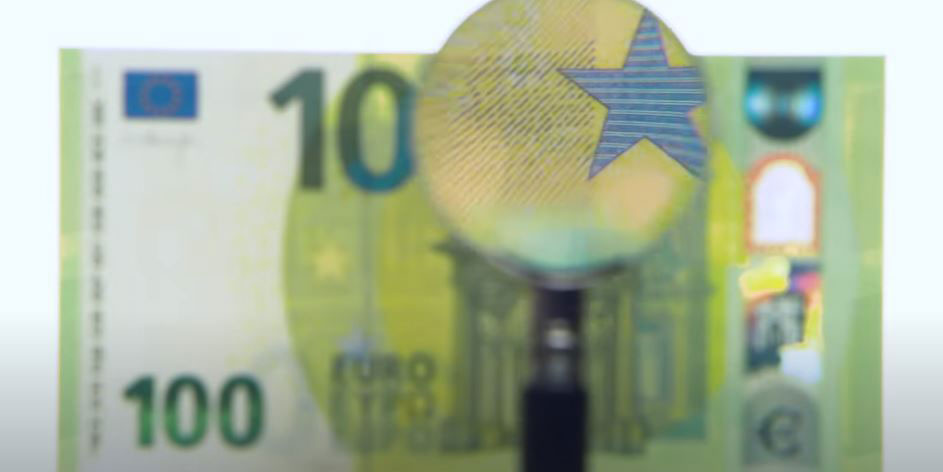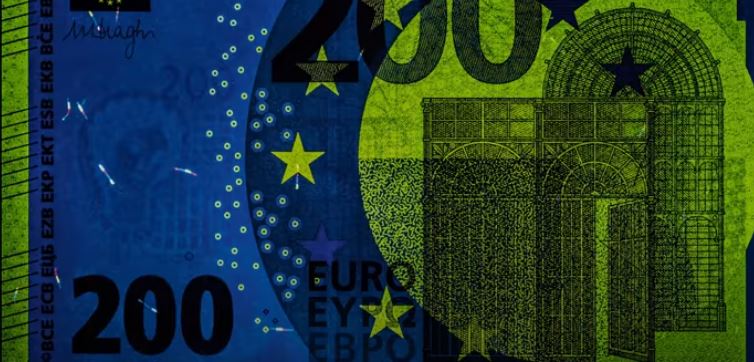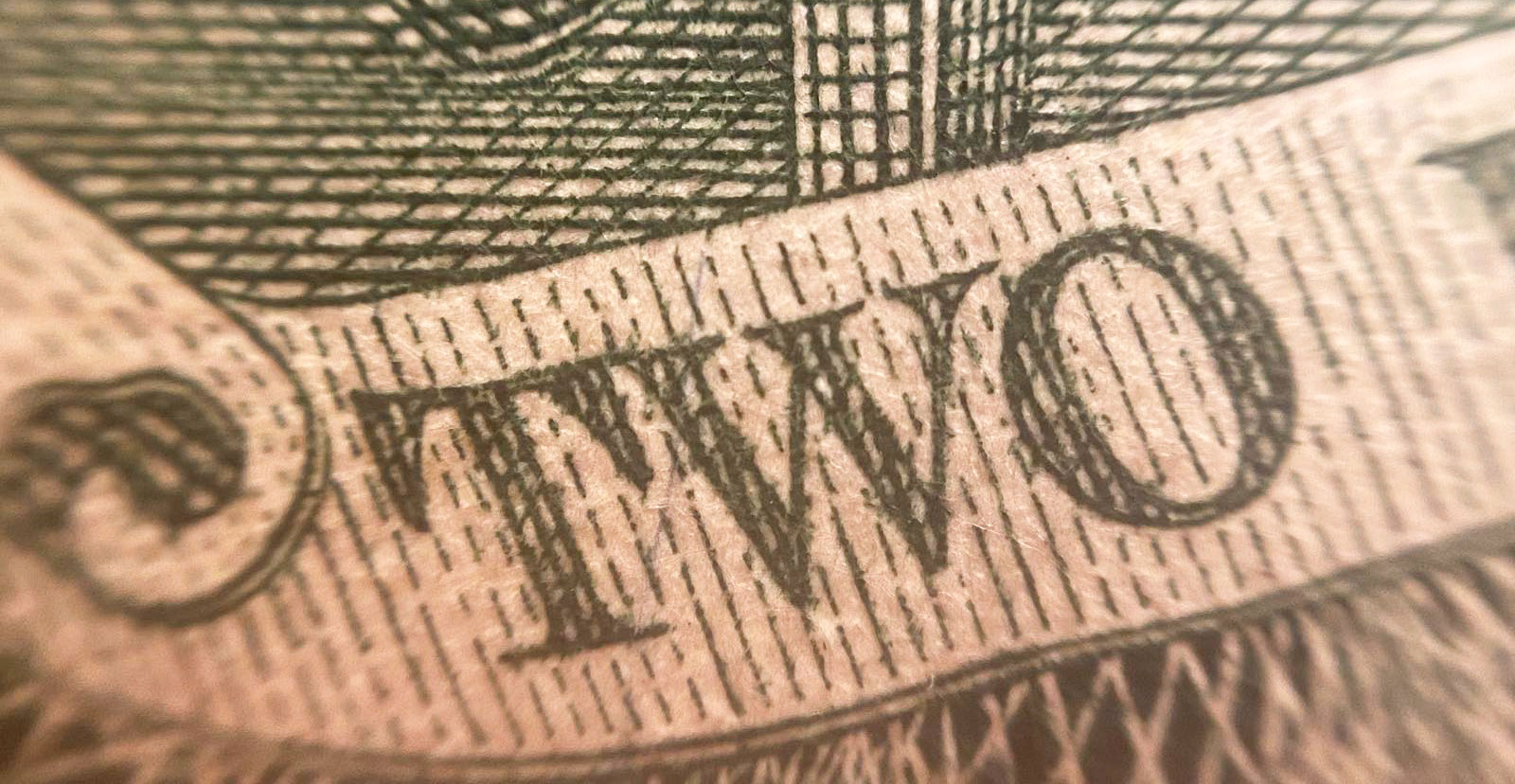Currency index
Advertisements
Counterfeit money detection: know how

currencyguide.eu is a free source dedicated to providing latest information about the banknotes of major world currencies and methods for detection of counterfeits. This site combines a lot of useful information, videos, publications of Central banks and other government authorities about the banknotes in circulation. The currencies examined in this site are United States Dollar, Euro, Japanese yen, Pound Sterling, Australian dollar, Swiss franc, Canadian dollar, Turkish lira and Chinese Yuan/ Renminbi.
What Is Counterfeit Money?

Counterfeit money is imitation currency designed to look like real government produced currency. In most cases, currency issuance is managed and monitored by a country's central bank. Producing and using counterfeit money is one of the oldest crimes in history. In the past, counterfeiting was very difficult and expensive. Nowdays, it's much easier to create counterfeit notes using modern digital technology. While it is possible for both paper and coin money to be counterfeited, most counterfeit money today is paper. Governments and central banks use extensive anti-counterfeiting security features to make banknotes more difficult to counterfeit.
How to detect counterfeit money in 4 easy steps?

- Check the paper and raised print. Banknotes are printed on special paper that gives them unique feel. Most of notes are made from cotton fiber paper, unlike most common paper, which is made of wood fiber (used by most of counterfeiters). By running your finger across the note you can feel raised print areas.
- Check the print quality. The printed lines and colors of the note are sharp, clear and free from smudges or blurred edges.
- Compare the note with another of the same denomination and series. Hold the bill side by side with another bill.
- Look at the security features of the banknote- security thread, watermark, optically variable ink, micro-printing, perforations, UV features, See through register, etc.
What to do if you receive counterfeit money?
Reproduction of banknotes images





Follow currencyguide.eu